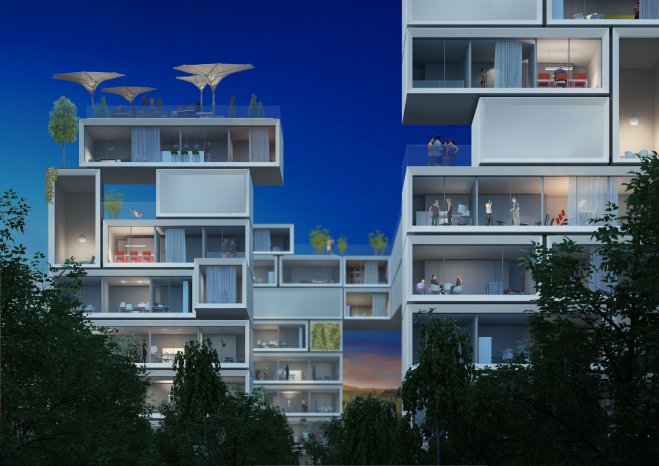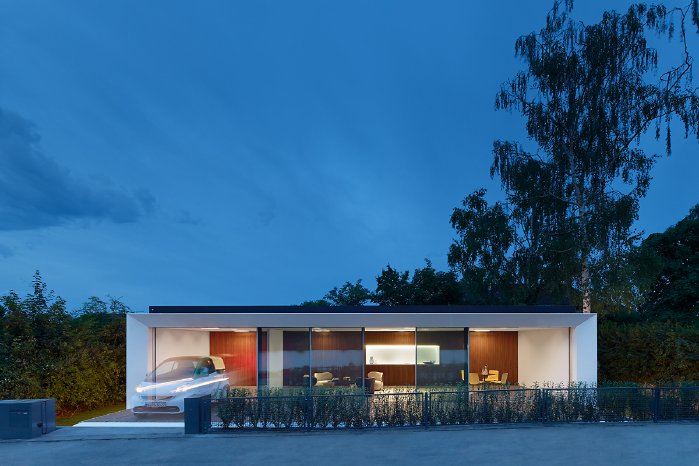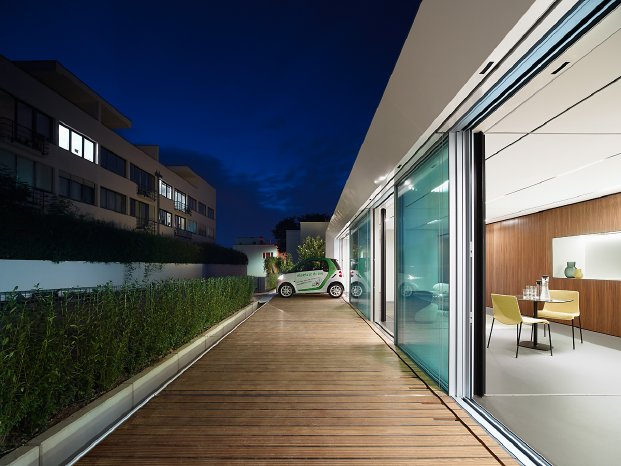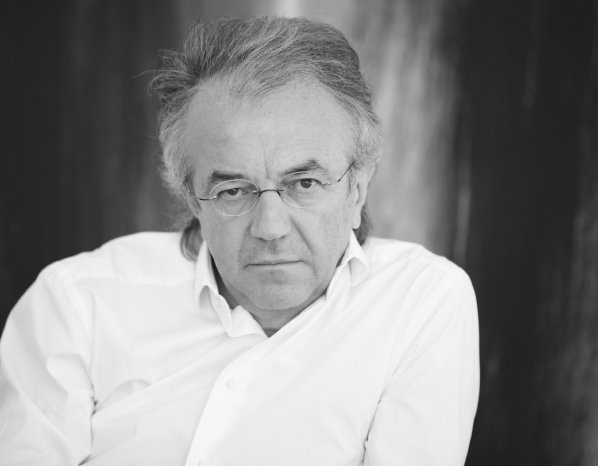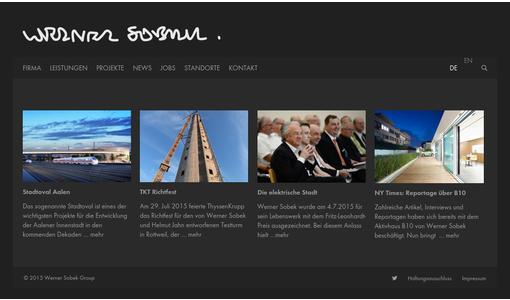Werner Sobek would like humanity to make the switch to renewable energy in less than five years. As the architect and engineer stated on being awarded the Fritz Leonhardt Prize in July 2015, “a total ban on emitting gaseous waste into the environment” should be enforced from 2020. According to Sobek, achieving decarbonisation by the end of the century – a target agreed by the heads of seven leading industrialised nations at Schloss Elmau in early June – would be far too late. Sobek is now reiterating his far-reaching demand once again, and points out that, from a technological point of view, it is already entirely possible to construct totally emissions-free cities that make use of renewable energy to power all their buildings and transport. Nevertheless, Sobek also states that the “electric city” urgently needs the full support of the automotive and construction industries.
Pioneering Developments
“Both of these industries are coming up with pioneering developments that can contribute to freedom from emissions,” explains Sobek. “The automotive industry is driving forward the creation of ever more powerful, longer-lasting batteries. At the same time, the construction industry is working on such solutions as a retrofittable building automation system that can noticeably reduce the energy consumption of existing buildings in a very short amount of time.”
Back in the summer of 2014, Sobek demonstrated the type of concrete results that could stem from an alliance between these two branches of industry. Along with alphaEOS, the smart home specialists, he built Aktivhaus B10 – the first “active house” of its kind in the world – in Stuttgart’s Weissenhof Estate. Thanks to its intelligent building automation system, the structure generates twice as much power from renewable sources as it requires for its own needs. It uses the surplus to power two electric cars and a neighbouring historic building. The supply of energy to the vehicles and the nearby building is controlled via a networked system.
The “Sisterhood Principle”
Werner Sobek’s Aktivhaus B10 provides a small-scale example of how an emissions-free “electric city” could work. Sobek explains that architects and politicians will finally have to “stop viewing house facades as system boundaries.” Whether or not every single house complies with a specific insulation standard is unimportant: “the only thing that matters is for everyone to stop using fossilised sources of energy. To make this happen, the generation and storage of electricity and heat must be governed by the “Sisterhood Principle”, whereby two or more houses – and even whole districts and cities – automatically communicate about the energy they are each generating, storing and using, and then cooperate with one another to bring about the optimal coordination of these figures.”
Werner Sobek presented his vision of the emissions-free “electric city” on being awarded the Fritz Leonhardt Prize in July 2015. You can find his speech (in German) by visiting the following link: https://www.youtube.com/watch?v=71BUcbyF0As
